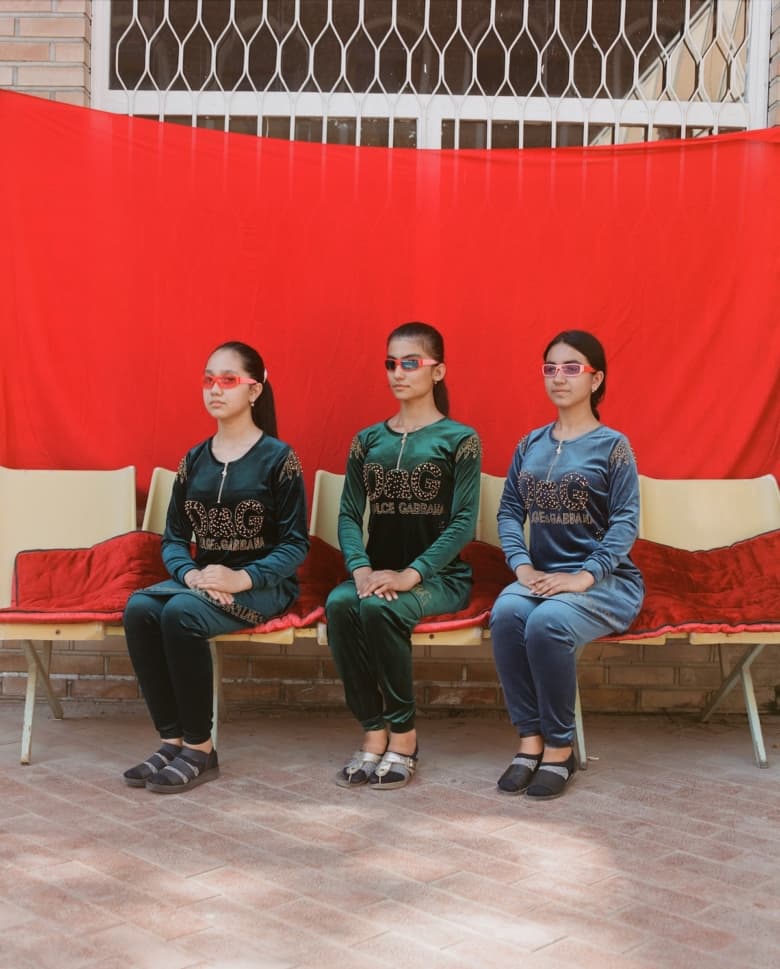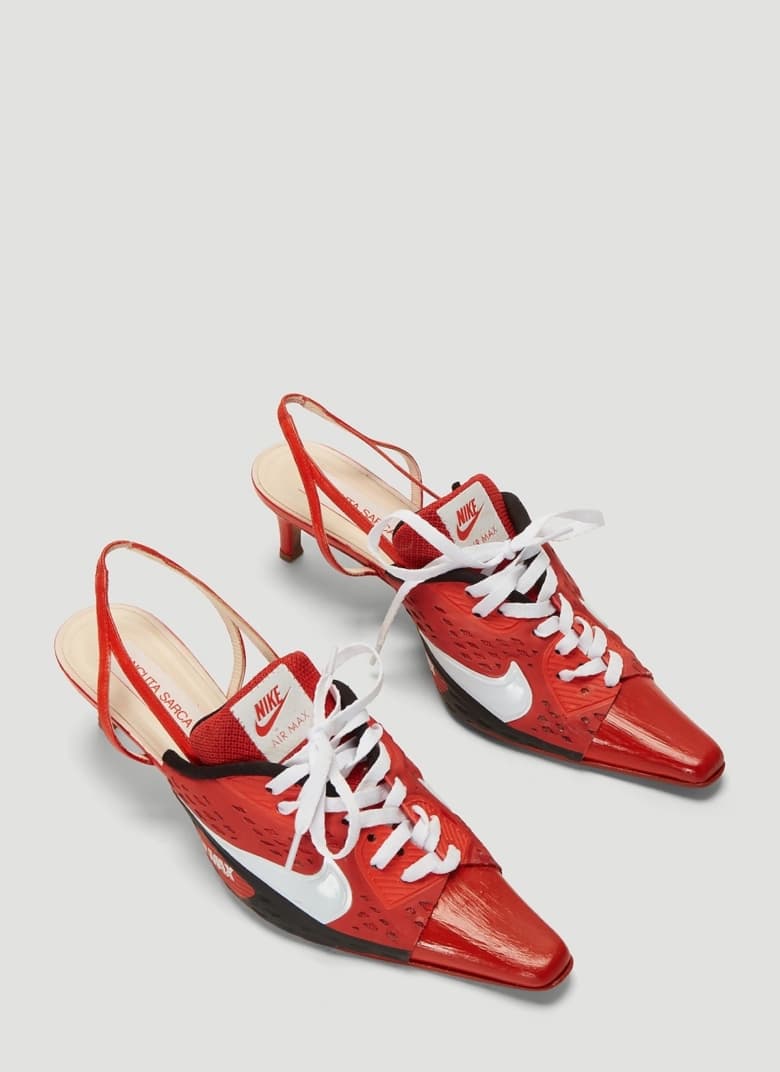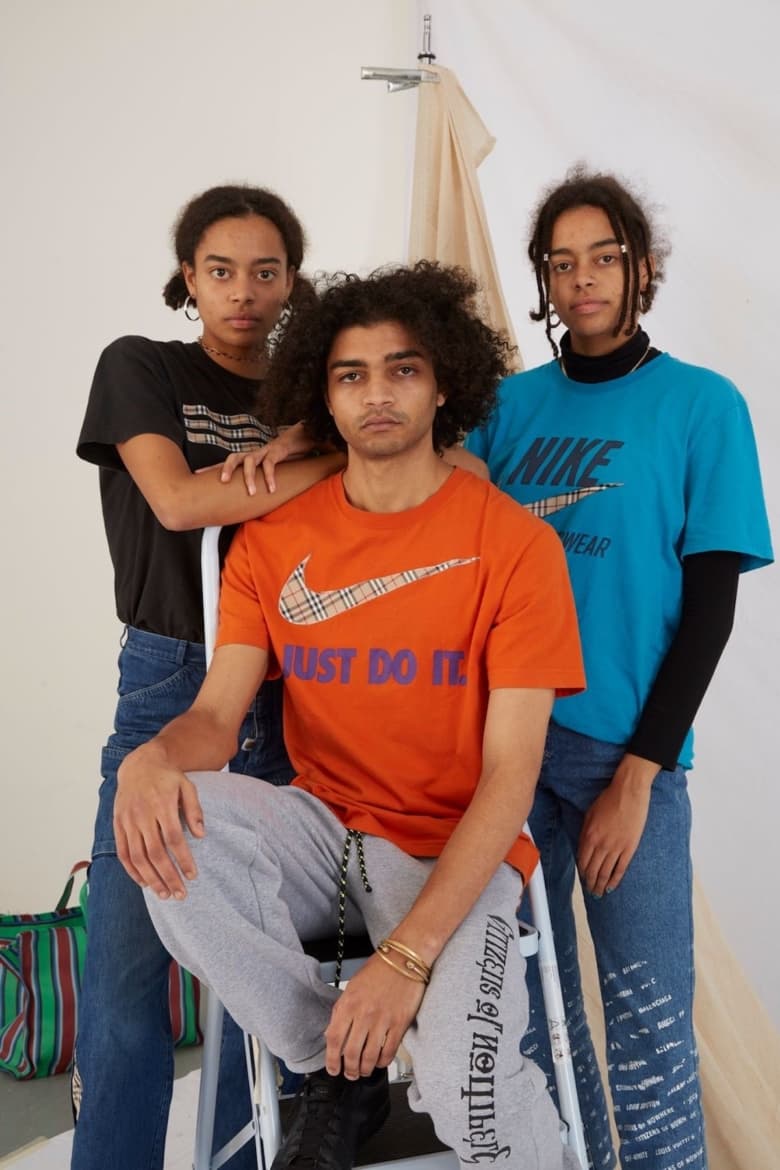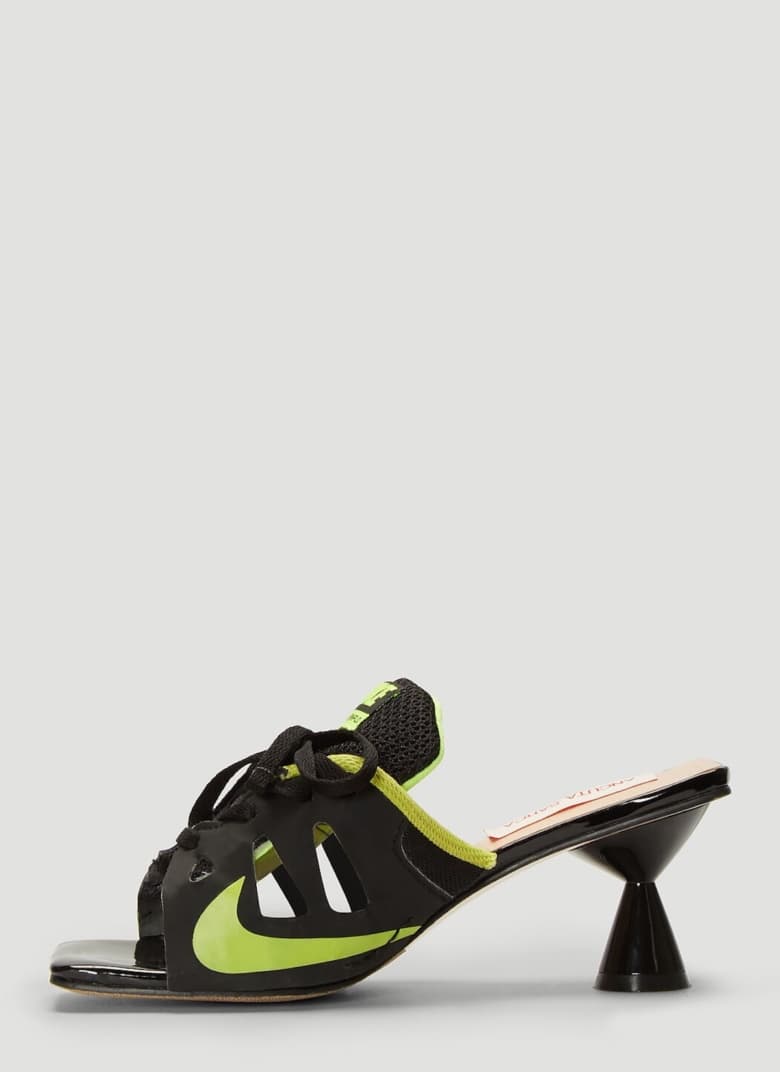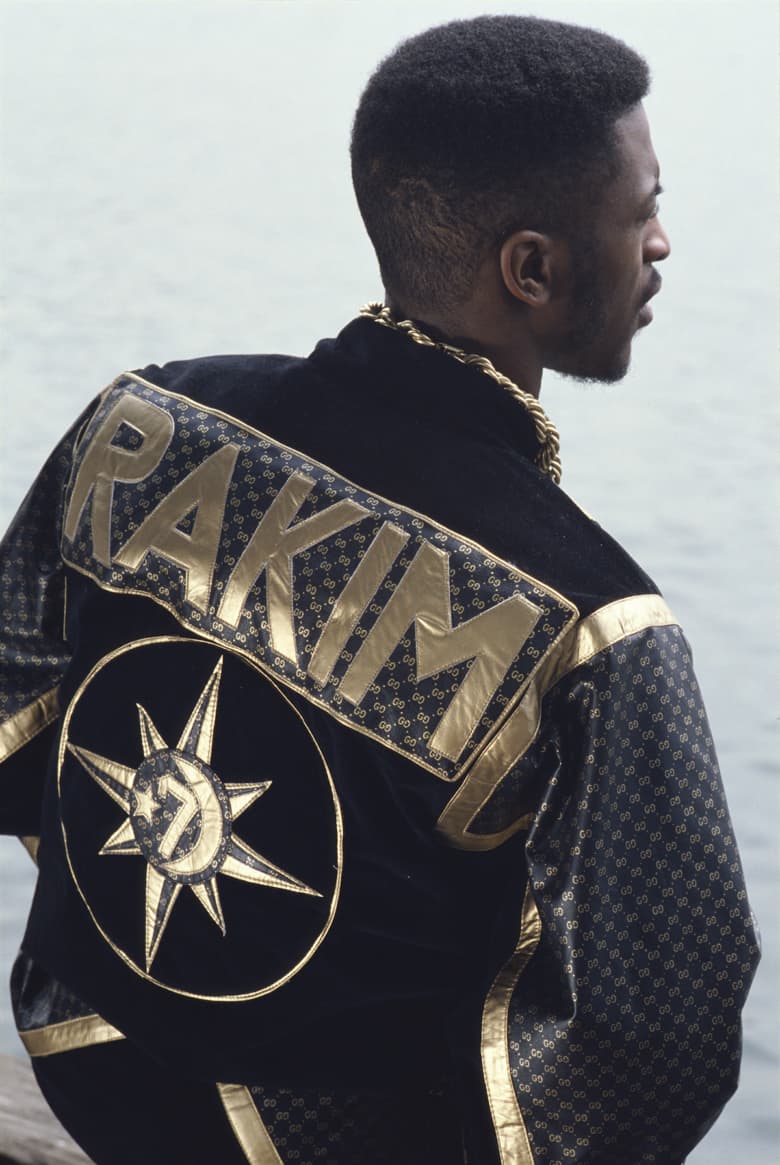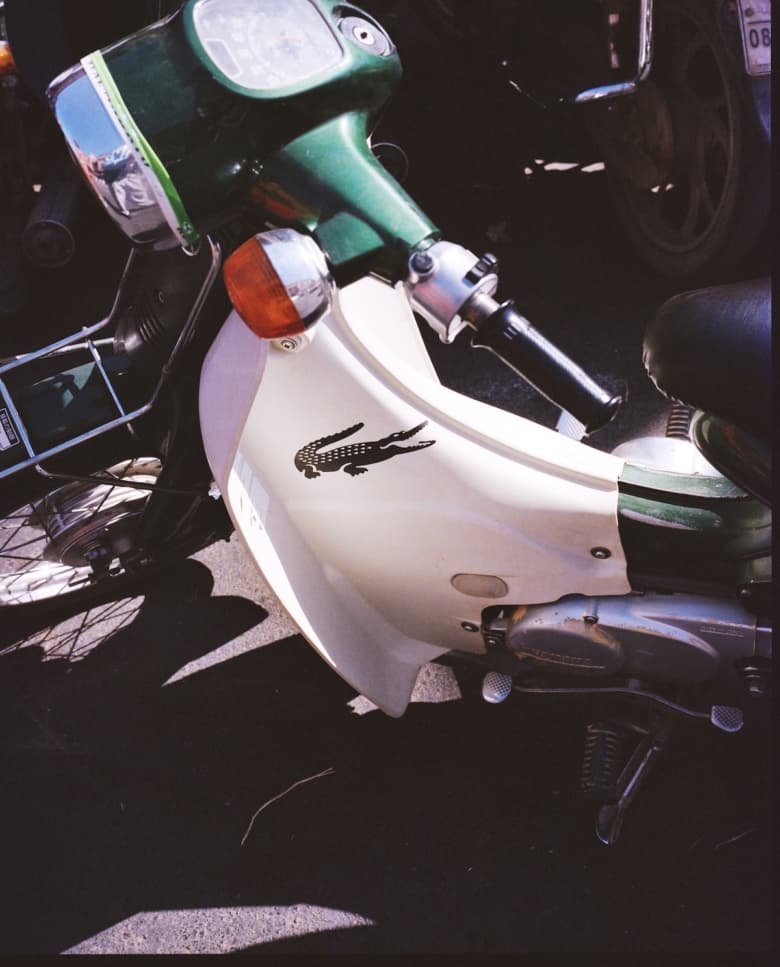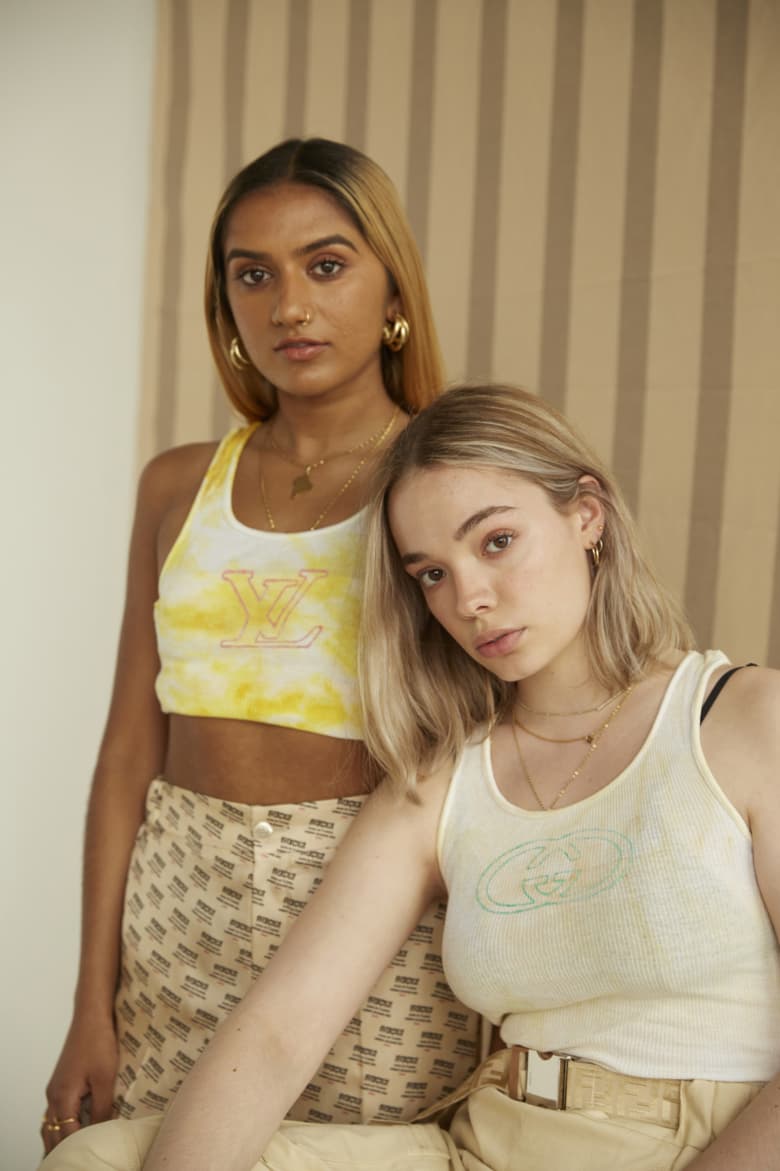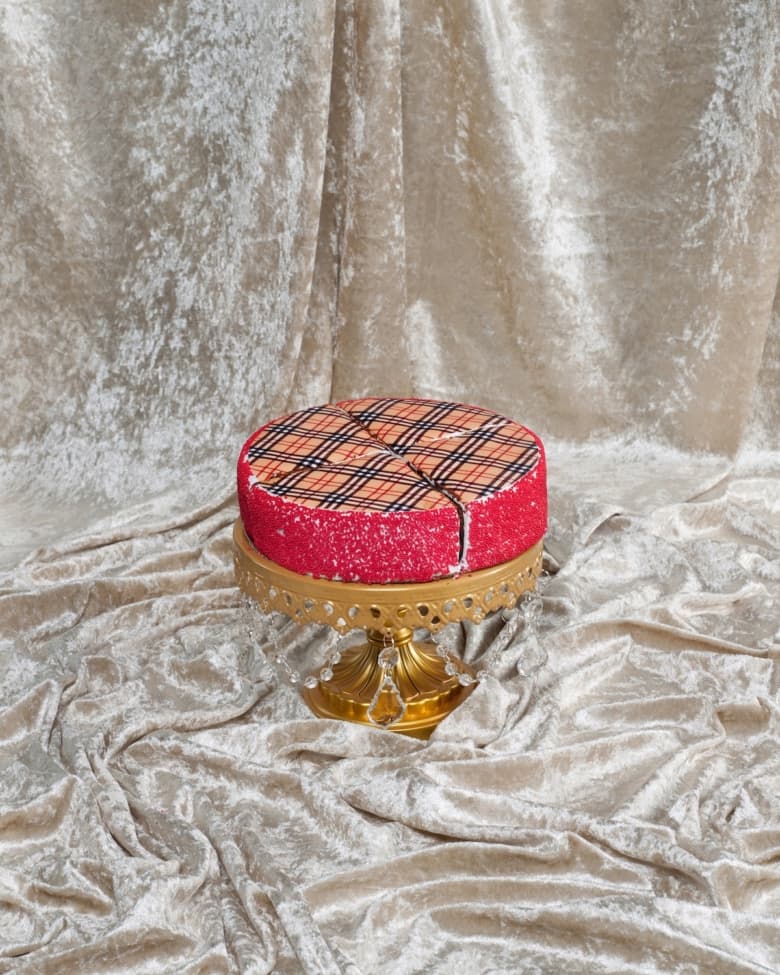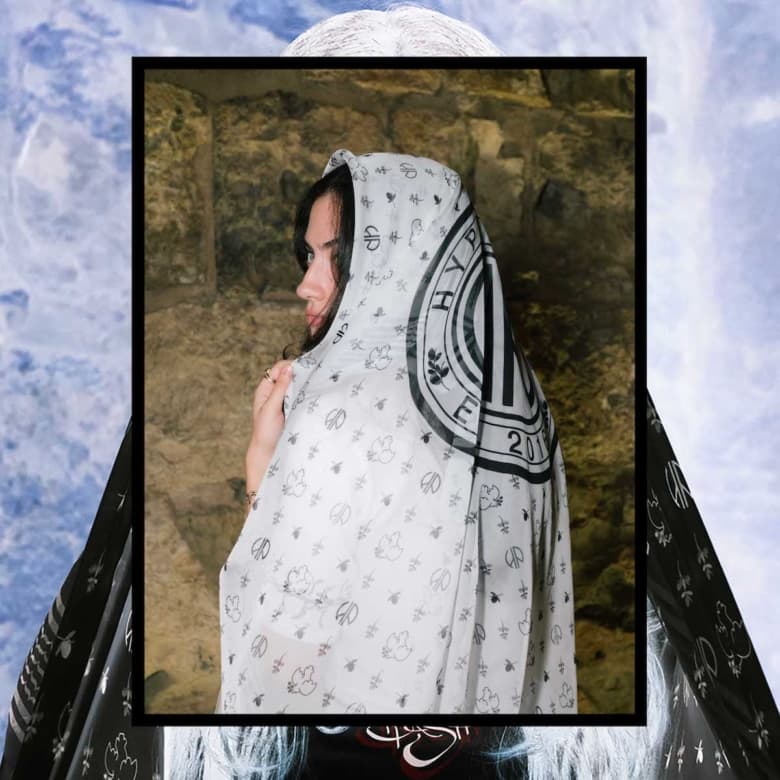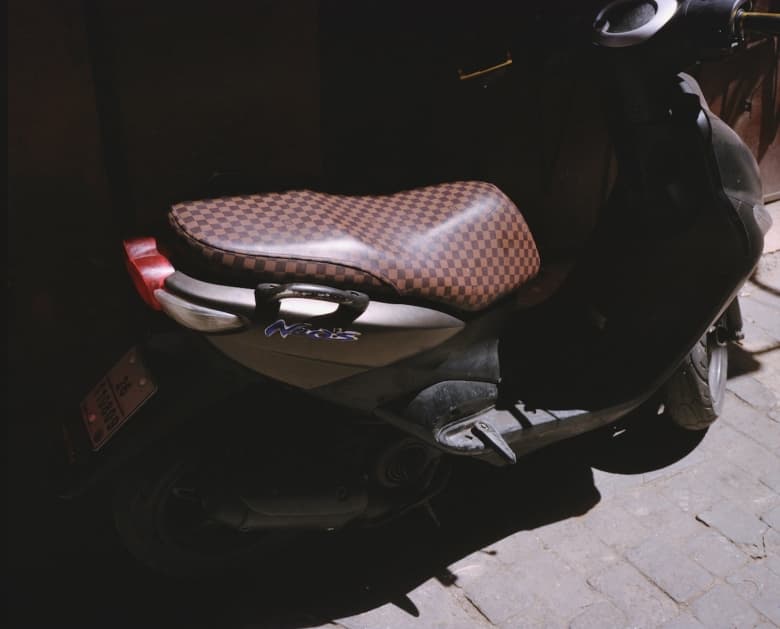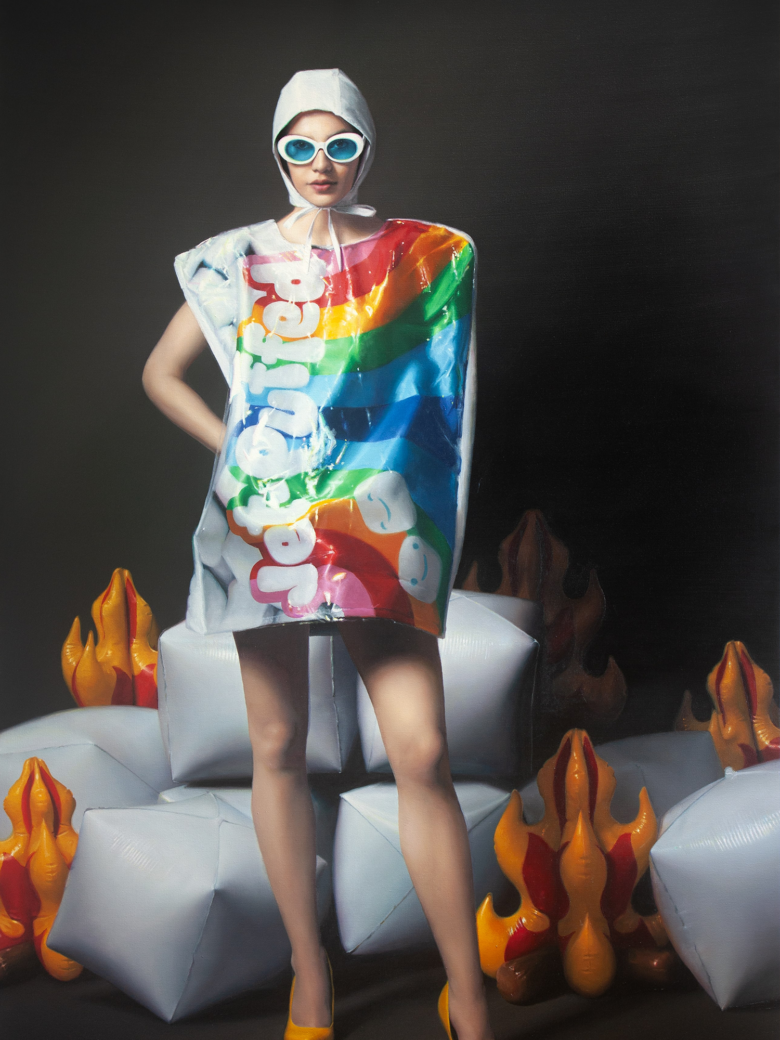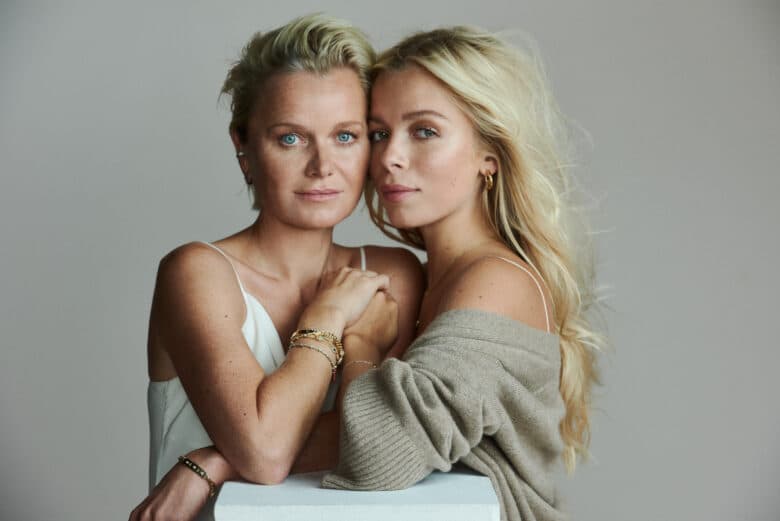Curator Anastasiia Fedorova unpacks the subversive power of bootlegging
Writing for the likes of 032c, the Calvert Journal and Vogue whilst developing a curatorial practice examining issues around everything from post-Soviet identity to branding, Anastasiia Fedorava is emerging as one of London’s sharpest cultural critics. The Russia-born journalist and curator places LGBTQI+ issues at the centre of her work, uplifting the voices of Russian queer creatives and informing those living in the UK and US about the dangers – but also the strength and resilience – of being both queer and Russian.
Extending this tendency further, she’s recently established @russian.queer.revolution, an Instagram platform dedicated to spotlighting LGBTQI+ artists and photographers in her home country. Also on the horizon is The Real Thing, an exhibition curated by Fedorova that explores the disruptive power of bootlegging at Fashion Space Gallery.
To celebrate the launch of @russian.queer.revolution, we sat down with Fedorova to discuss the platform and to hear more about what we can expect from The Real Thing.
As a writer, curator and cultural critic, what are your primary concerns and interests?
I started my career from writing about fashion, and I still really enjoy it. At the same time, I feel like I’ve always been more interested in the story rather than the actual garment. I look into fashion from the point of view of identity, politics and its meaning in the broader culture. I think my interests often come from trying to understand my own identity and experiences. I am very interested in immigration and cultural hybridity – because I am an immigrant living in one of the most diverse cities in the world. I am interested in queer visual culture because I identify as bisexual and queer. I am interested in cultural representation of female sexuality, body and desire because I could never see the representation of those I could relate to. I’m definitely striving to increase the representation of all three of these through my work.
How would you describe your approach to curation?
I recently realised that my main interest as a curator is to take things which might not be considered beautiful or worthy by the mainstream culture and put them into gallery spaces. Those could be portraits of Russian queer youth, which is rejected by the Russian establishment, or it could be a fake Gucci top for an Uzbek market which is frowned upon by people who are into fashion. The reason might be that I never studied curation and still feel like occupying these spaces is a privilege, and therefore doing it this way feels right but also fun.
What methods have you used to retain contact with the queer community in Russia whilst living in the UK?
I still try to write quite a lot about the new generation of Russian creatives, because for me it’s the best connection to my home country. Last year I became friends with Dmitry Kozachenko and Sasha Kazantseva who started O-zine, a self-funded online magazine about Russian queer culture. Their project is a huge inspiration and has truly changed the LGBTQI+ community in Russia, especially for the young people – they now have an outlet and a place to show their creative work. So I met a lot of people through O-zine, and further on in practical terms, to be honest, it’s mostly Instagram DMs.
What are your aims for @russian.queer.revolution, your recently launched Instagram platform?
I really believe in the power of representation. I believe that the images we see and the words we hear can change the way we perceive beauty, love, ourselves and the people around us. Growing up in Russia as a queer person means constantly living with negativity, erasure and threat of violence – I want to create a celebratory space of appreciation. I see a lot of works by Russia’s LGBTQI+ creatives which I know are excellent, and I would like to connect them with the infrastructure of galleries, publications, and most importantly, other international queer creatives.
Why Instagram?
It’s free and very visual. Also it’s been a research tool in my work as a writer and curator for ages, I discovered a lot of emerging names this way! Also, the beauty of having accessible digital tools is that you don’t need institutions to start a community project which has impact.
In an essay you wrote as part of the platform’s launch you ask “what is the meaning of Russian queer identity in the global context?” Could you unpack this for us please?
As a Russian queer person living in London, I could never quite place myself and realised that there isn’t much conversation about the queer experience from that part of the world. Sometimes I couldn’t even describe it myself, so I realised the best way would be to ask other Russian queer people and then maybe we could get somewhere. I feel like in LGBTQI+ communities across the world, oppression is still very much real; strict gender norms, transphobia, conservative families, historical trauma, you name it. I think we have to remember it still exists even if we don’t experience it ourselves. And I also feel like the more global and inclusive the conversation about queer culture, the better. It makes us stronger as a community.
Next month sees the opening of The Real Thing, an exhibition you curated around bootleg fashion. In what ways would you say that bootleg fashion is disruptive?
One of the characteristics of bootleg is the unauthorised use of branding. It gives you power to claim, use and interpret a capitalist symbol which you’re supposed just take for granted and spend your money on. If we’re talking about luxury fashion branding, bootleg also disrupts the hierarchy of wealth and class luxury brands represents. To me, it’s a kind of free-thinking hacker approach to culture.
How does the exhibition consider the role of the “brand” and what logos come to signify?
We can’t deny that brands are powerful; they are recognisable symbols that create desire, and this desire is at the very heart of the fashion system. It’s interesting to look at this desire through the work of two notable bootleg pioneers in the exhibition: Dr Noki and Dapper Dan. Dr Noki physically deconstructs and rips apart branding to highlight the ecological disaster this desire has brought upon us and yet even he admits that he is obsessed with brands, just from a darker, artistic perspective. The work of Dapper Dap is built on claiming the brand as the representation of luxury which was not available to the Black community and transforming it through his creative vision. At the same time, I feel like approaches to brands are changing these days. They’re not as sacred or exclusive. They’re more a Gucci pattern on an Instagram face filter; ironic and free to use.
How can the bootleg be a tool for political subversion with regards to specific identities?
I think bootleg is always political because the distinction between real and fake is always political. But the intentional principle subversion is very straightforward; the language of branding is recognisable and can be used to attract attention to important causes or underrepresented communities. HYPEPEACE and Citizens of Nowhere use branding to campaign for immigration rights. Collectives like NITE DYKEZ and B.O.S.S. use it to express queerness and DIY spirit. Sports Banger uses bootleg to slag off the Conservative government and I couldn’t have related more. I feel like with bootleg there is always an element of reveal: there is something you expect to see when you look at a Nike tick or Palace Skateboards logo but then it turns out to be something different, and this split second is when the true political activism happens.
You can check out @russian.queer.revolution on Instagram. The Real Thing runs from 7 February to 2 May at Fashion Space Gallery, London. Ahead of The Real Thing’s opening, you can check out some images from the exhibition via the gallery below.
